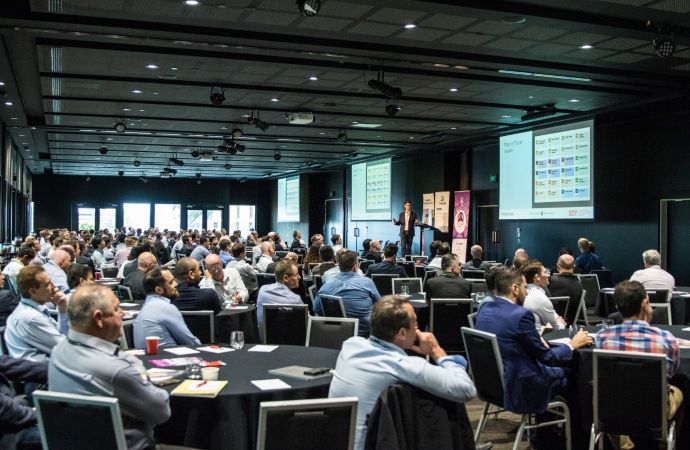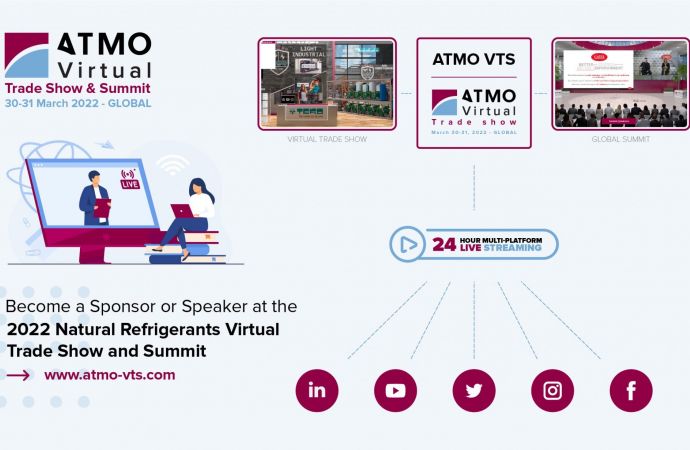Along with data analysis and electrification, natural refrigerant-based air conditioning can play a key role in reducing emissions in the building sector.

Future of HVAC 2019 conference. Photo: AIRAH
This year’s Future of HVAC conference focused on ways in which the HVAC industry can increase the energy efficiency of buildings and lower building emissions, including the use of natural refrigerants.
The conference, organized by Australian Institute of Refrigeration Air Conditioning and Heating (AIRAH), took place in Brisbane, Australia from September 11-12.
Almost a quarter of emissions in Australia are due to the "construction, operation and maintenance of buildings", according to an article published earlier this year by Australian news outlet The Conversation. It said that with the Australian population expected to grow to an estimated 31 million in 2030, there will be even more buildings and thus even higher emissions.
With this projected growth, there is growing pressure on building owners to increase the energy efficiency in their buildings, especially for heating and cooling technologies which often take up the bulk of annual energy consumption.
Ammonia-based air conditioning
On example raised at the conference involved Scantec Refrigeration Technologies (Scantec), an industrial refrigeration system manufacturer and contractor in Australia. In 2011 Scantec installed a water-cooled ammonia chiller system which provided air conditioning for the Council Administration Center in Logan City, Australia.
Stefan Jensen, Managing Director of Scantec, presented a case study about this installation titled "Operating experiences with an Australian air conditioning system employing ammonia refrigerant".
According to Jensen, the ammonia system replaced an R22-based system and resulted in significant reductions in maintenance and energy costs in the following eight years of operation.
Read this article in its entirety in the October 2019 issue of Accelerate Magazine.
Related stories



